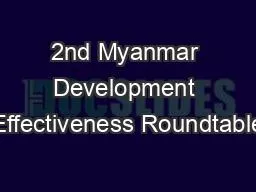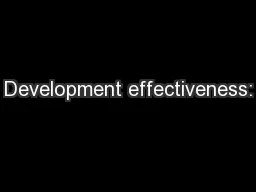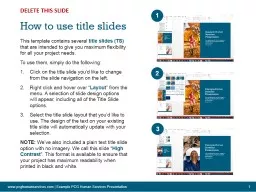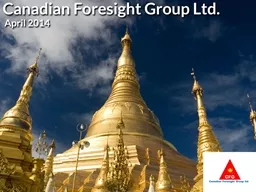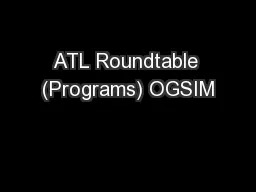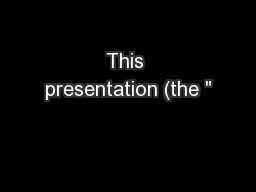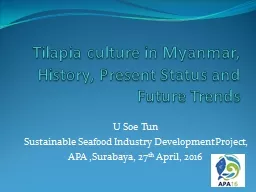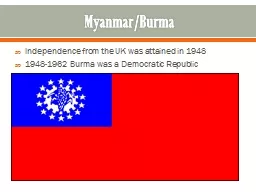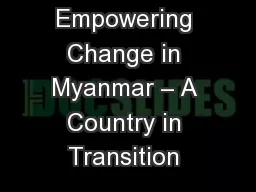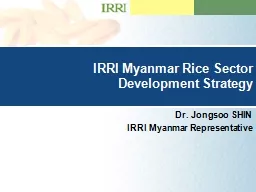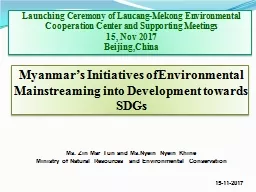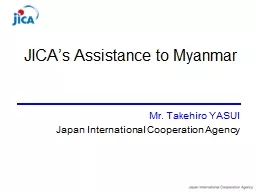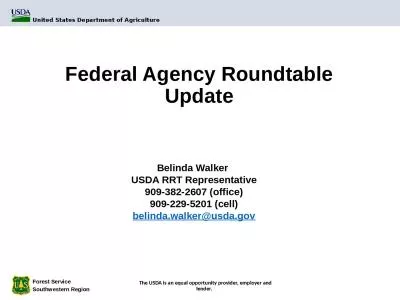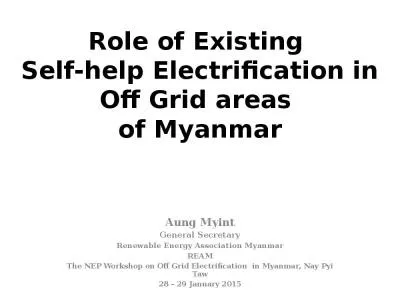PPT-2nd Myanmar Development Effectiveness Roundtable
Author : ginocrossed | Published Date : 2020-08-28
Partnerships for Realising the MSDP Aligning Resources Coordination and Information Systems and Civic Action U Than Aung Kyaw Director General Foreign Economic Relations
Presentation Embed Code
Download Presentation
Download Presentation The PPT/PDF document "2nd Myanmar Development Effectiveness Ro..." is the property of its rightful owner. Permission is granted to download and print the materials on this website for personal, non-commercial use only, and to display it on your personal computer provided you do not modify the materials and that you retain all copyright notices contained in the materials. By downloading content from our website, you accept the terms of this agreement.
2nd Myanmar Development Effectiveness Roundtable: Transcript
Download Rules Of Document
"2nd Myanmar Development Effectiveness Roundtable"The content belongs to its owner. You may download and print it for personal use, without modification, and keep all copyright notices. By downloading, you agree to these terms.
Related Documents

